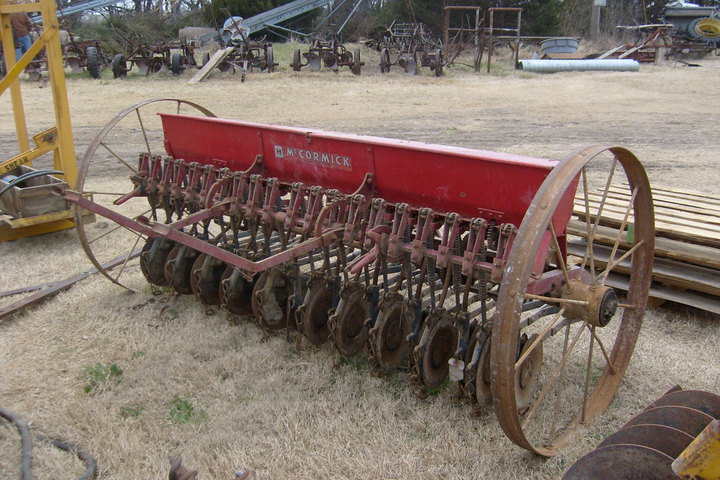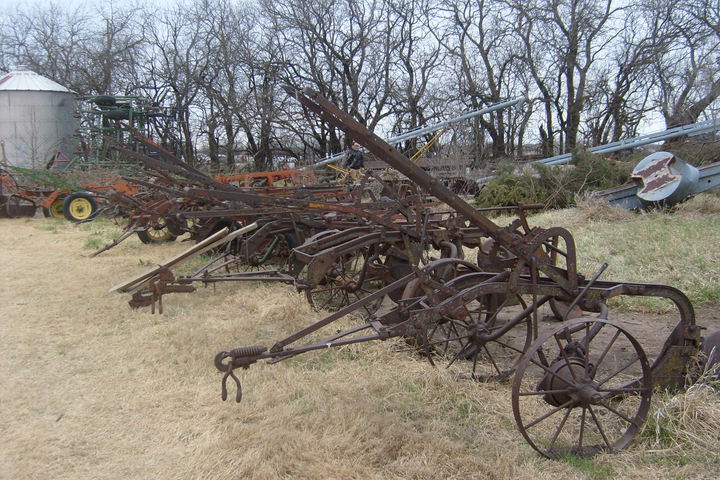Formerly PaMike
Member
I need a little advice on some improvements we are looking to make on our cattle feeding area.
Currently we are feeding round bales to steers in a “hay saver” style feeder. Feeder is on top of a hill, in the dirt. Getting up the hill to the feeder through all the mud and muck is always an issue.
We are planning to fence off an ally way up the hill that the cattle can’t enter. This will allow us to go up the hill in an area that isn’t all torn up from cattle. We will have a gate at the end of the alley way that leads into the feeding area. I would like to pour a concrete pad on the top of the hill. The pad would be the size of the feeder plus about 10-12 feet on each side of the feeder. This would allow me to scrape the manure from around the feeder. Currently in the dirt/mud it is hard to get traction to scrap, and you get dirt/stones in with the manure which is hard on the manure spreader and puts rocks in the hay fields.
My father is concerned about the durability of the concrete pad. He thinks that over time at the edge of the pad the dirt may get eroded from constant animal traffic, causing a large step, or lip to get up on the pad. This may weaken the pad, causing it to crack or break away. I think if we really want to make the pad solid, we dig a footer all around the outside edge of the pad. With rebar in the footer and mesh in the pad, everything would be solid. We then put some packed stone around the edge of the pad so that there isn’t any erosion around the edge of the pad.
Has anyone done anything similar? Ideas?
Currently we are feeding round bales to steers in a “hay saver” style feeder. Feeder is on top of a hill, in the dirt. Getting up the hill to the feeder through all the mud and muck is always an issue.
We are planning to fence off an ally way up the hill that the cattle can’t enter. This will allow us to go up the hill in an area that isn’t all torn up from cattle. We will have a gate at the end of the alley way that leads into the feeding area. I would like to pour a concrete pad on the top of the hill. The pad would be the size of the feeder plus about 10-12 feet on each side of the feeder. This would allow me to scrape the manure from around the feeder. Currently in the dirt/mud it is hard to get traction to scrap, and you get dirt/stones in with the manure which is hard on the manure spreader and puts rocks in the hay fields.
My father is concerned about the durability of the concrete pad. He thinks that over time at the edge of the pad the dirt may get eroded from constant animal traffic, causing a large step, or lip to get up on the pad. This may weaken the pad, causing it to crack or break away. I think if we really want to make the pad solid, we dig a footer all around the outside edge of the pad. With rebar in the footer and mesh in the pad, everything would be solid. We then put some packed stone around the edge of the pad so that there isn’t any erosion around the edge of the pad.
Has anyone done anything similar? Ideas?




